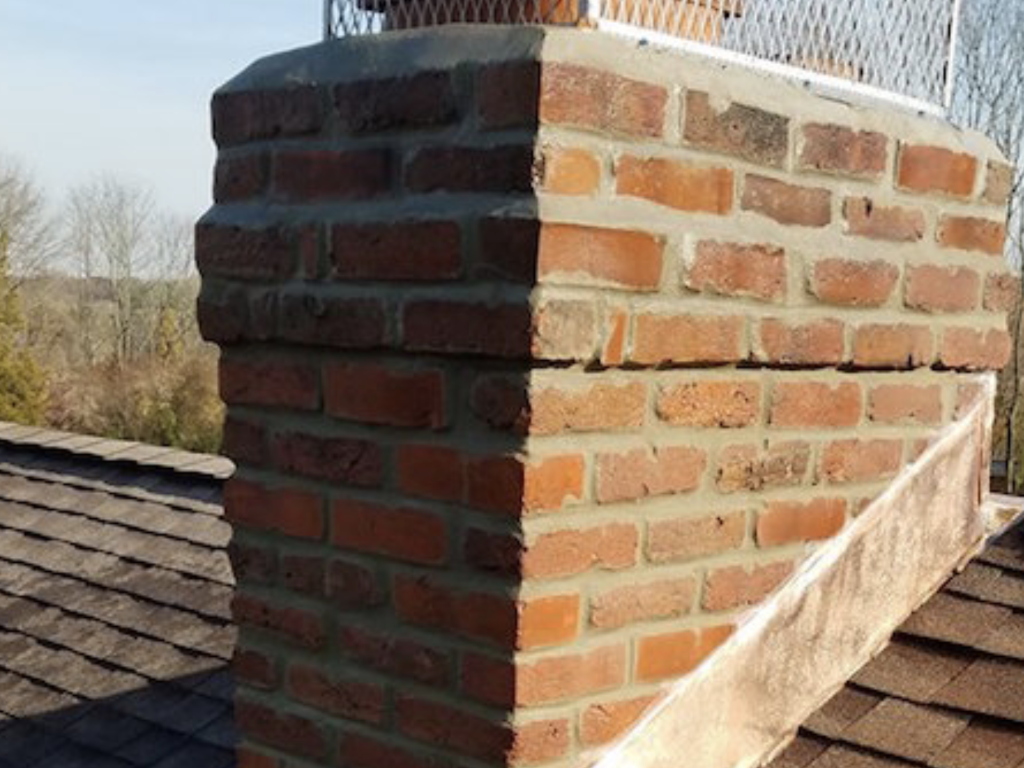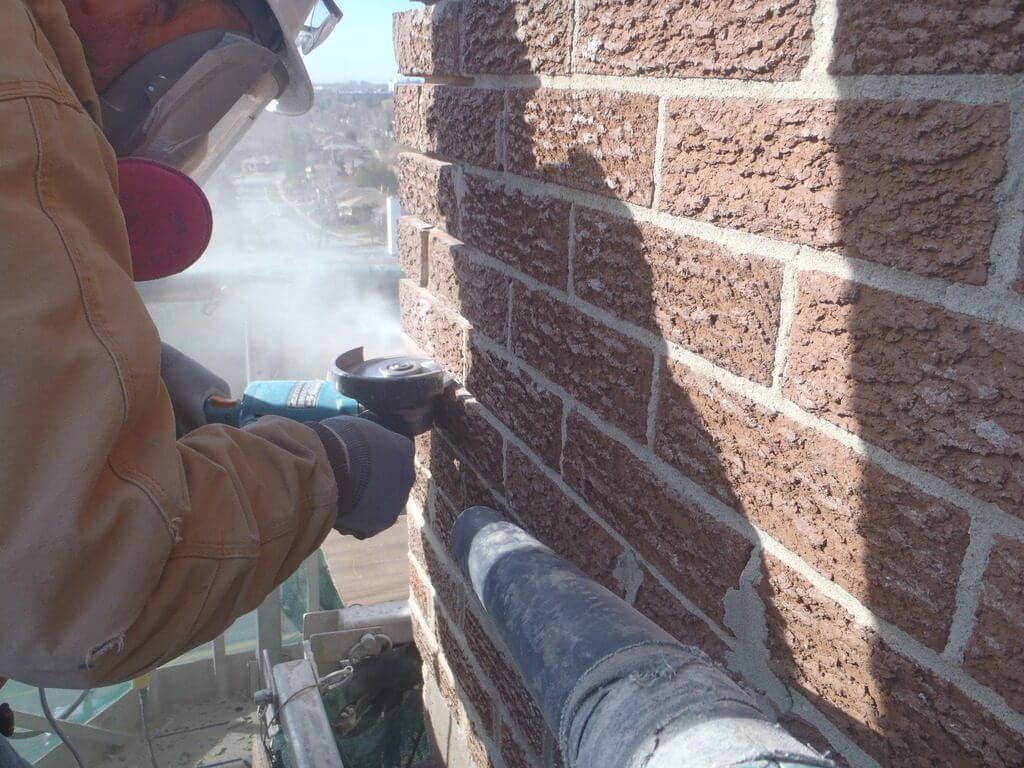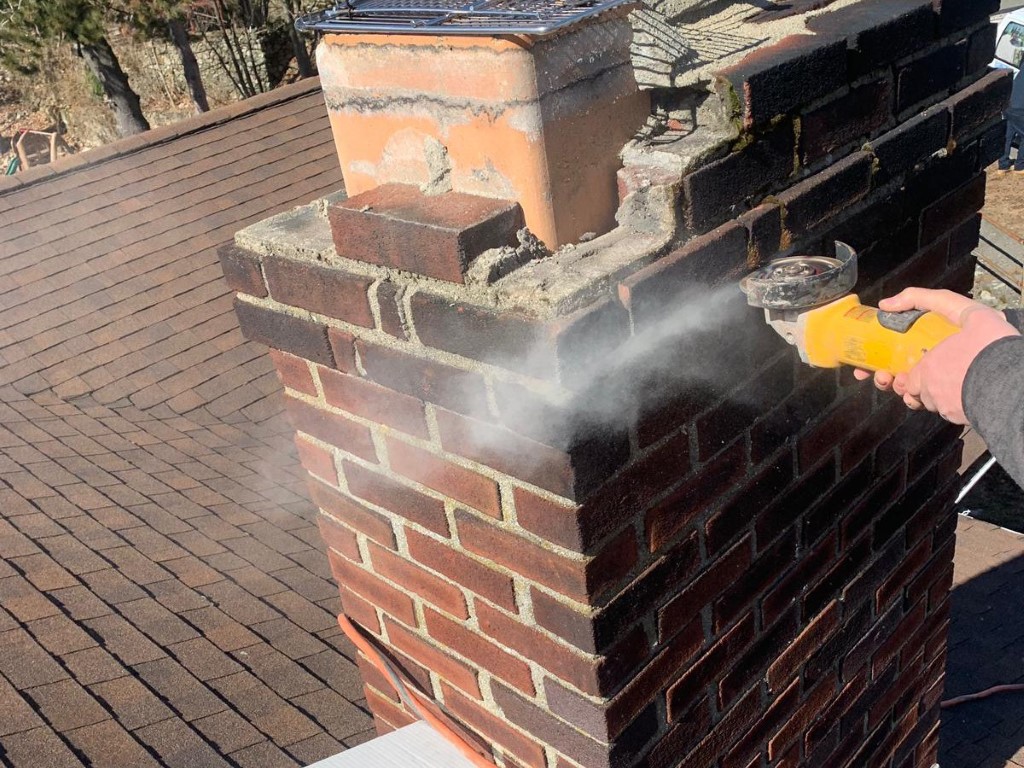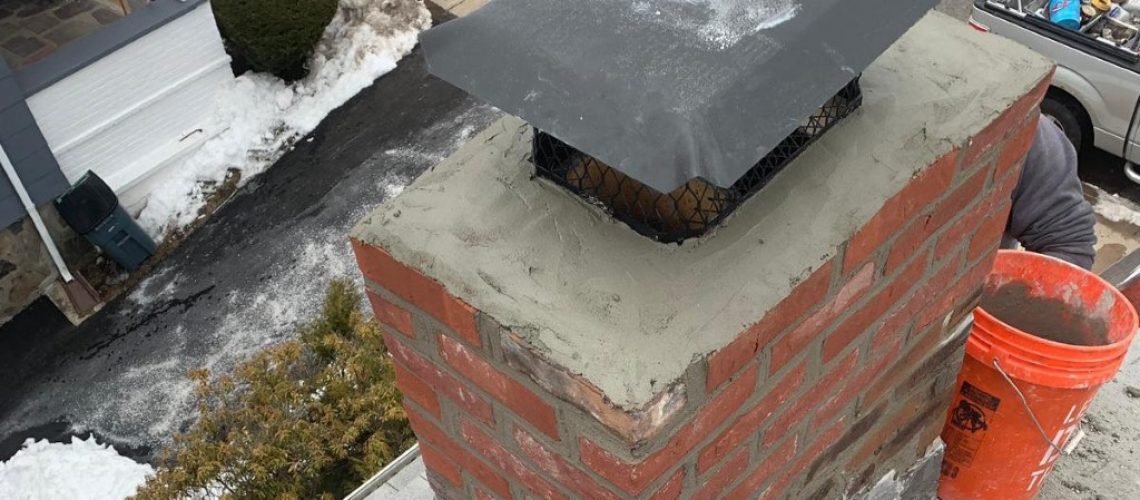The old brick chimneys, which were part of the load-bearing walls, and built from ordinary burned bricks – in better case, the bells, today, of course, do not comply with the regulations. Chimneys don’t wall anymore.
However, many people still warm up in boilers connected to old brick chimneys, or the old chimney is at least “decorated.” From the point of view of fire safety, this is a real problem. How do you at least fix an old and no longer compliant chimney before you decide to invest in a safe solution – a modern chimney system?
Fix the chimney or build a new one?
Modern chimney systems serve all kinds of appliances and fuels. That’s why it’s always up to wonder if they’d rather build a new chimney than get into repairing the old one. The new chimney can often be guided by the original brick chimney shaft, it is enough to just demolish it from the front and the new chimney system inserted into the original shaft is then walled again. Chimney systems offer, including inserts and all necessary accessories, manufacturers of concrete, ceramic and aerated fittings.

Another situation occurs in chimneys in cities where it is most often forbidden to heat solid fuels and others in small towns, municipalities and holiday cottages. The old chimney, which no longer serves and will no longer serve or serve, can only be repaired for aesthetic and safety reasons – it will look nice and will not threaten its surroundings with the risk of falling crumbling bricks, mortar or plaster.
Therefore, the repair of the chimney can be of a dual nature: for aesthetic reasons and for modernization while maintaining its function – the removal of flue gas outside the object. The no longer functional chimney can be used in another way – to ventilate the interior, or to drain the damp and expurgated air and bring fresh air. It is also used to ventilate damp structures.
Common chimney disorders
Chimneys, as well as other construction structures, are at least partially exposed to the effects of climatic influences (rain, snow, frost, sharp sunlight, wind). In addition, however, they are disturbed from the inside by the action of flue gas. In addition, its own stability, which is directly related to the quality of the works carried out in its construction and the quality of the construction materials used, may have an impact on the life of the chimney, as well as the stability of the foundations and other influences.

The climatic influences are most disturbing the above-roof part of the chimney – its construction, but also the building matter (e.g. bricks due to deep corrosion) is falling apart. Corrosion, however, is also subject to the plundering of the chimney, and the sealing of the penetration can also fall apart.
Then there is a leak of precipitation under and into the roof structure. If the chimney is not fitted with a chimney canopy and flows directly into the chimney, the flue gas can manifest itself in poor maintenance of the chimney with tar stains on the plaster, which we find difficult to get rid of.
How to fix your chimney head
- Damaged masonry needs to be removed – removed only after intact masonry, which can be above, but also below the level of roof penetration.
- The upper part of the last undamaged series of masonry should be rid of the old plaster, cleaned and thoroughly moistened.
- Then we will re-wall the missing part of the chimney to the original height. We wall the chimney from sharply burned bricks (bells), schauffle bricks or frost-resistant. We wall on a normal lime stone cement mortar.
- Eventually, we will settle or concrete the chimney head, so that the masonry does not start to disturb again from above.
- We reinforce the concrete chimney head (we arm) steel calipers with a diameter of approx. 5 mm. Limit the possibility of cracking it.
- Ideally insert the stirrups into the loading joint of masonry between the fourth and fifth layer under the head.
- If we place the chimney with a new chimney head, we need to face it with masonry. The unfit chimney head reduces the thrust of the chimney.
Below the level of the roof penetration of the masonry chimney we plaster or repair the original plaster, grease and provide a surface protective coating with a normal paint. Above the level of roof penetration, however, we only darken the joints (we reproach the cement mortar), but we do not plaster.
Plasters simply can’t withstand climate influences combined with thermal and chemical action. However, if we do not use the chimney for heating, we do not have to worry about plastering.
The chimney can be fitted with a chimney canopy. It is a very suitable solution that will prevent precipitation from flowing into the chimney. However, if the chimney is still functional, consult a specialist so that the chosen solution does not affect the thrust of the chimney.
The type of chimney you have on your roof can really vary depending on the what style of roofing you have. From a barrel roof to a lean to or dormer roof. You can learn about the common types of roofing here.
With the repair of the chimney will also be related to the removal of the roofing around the chimney and possibly the plundering of the chimney, including sealing the roof penetration. We will ensure the new beading if it is already in poor condition, or it has been necessary to break the chimney up to the plane of the be-lined and seal. Only after ensuring the penetration to the flowing water can we put the roofing around the chimney again.

If a chimney footbridge is damaged at the chimney, we remove it. Either we replace her with a new one, or we’ll say goodbye to her completely. The damaged chimney footbridge is worse than nothing, and if the chimney is not used to drain the flue gas, it is also useless. In addition, it is possible to make a sweeping hole with doors in the attic areas, and then we no longer need to climb onto the roof.
How to seal the chimney?
The poorly sealed chimney has insufficient thrust and the flue gas penetrates into the surrounding area. In the case of cracks in the chimney in places adjacent to living spaces, flue gas can endanger health and lives. In any case, however, they are a fire risk. The chimney can be sealed by repeatedly plastering the chimney body with a lime-cement mortar, to which we add plasticizes. We can also use mortar reinforcement using a mortar mesh. First, however, we need to beat all the old plaster on the surface of the chimney and also scrape out the joints to a depth of approx. 3 cm (the normal width of bricks is 15 cm).
How to prevent the soak of chimney shell with tar?
The chimney coat can also be soaked with tar. On its surface, hard-to-remove stains are then formed. Then we must first eliminate the causes of this disorder, which is most often a bad way of heating, or the use of poor quality, often wet fuel. However, the chimney masonry is already soaked with tar.
You can try to separate the chimney masonry from the plaster with a layer of vase, which you wrap with sand before hardening (if wilted). Sand improves plaster grip on paint layer. You can find out more about general roof tips here.
Of course, you need to first knock the original damaged plaster and scrape out the joints. However, the result in this case is uncertain, as is the use of remediation plaster. Therefore, you better consider chimney lining with non-combustible tiles. On the contrary, you are given space for interior specialization – for example, a stone chimney cladding.
How to get rid of deposits inside a chimney body when it can not be removed with common comic tools?
One solution is to mill the chimney. However, this is not always possible. If the chimney does not show cracks and leaks and its construction is generally in good technical condition, the chimney will proceed to burn the chimney. But never do it yourself! The chimney will report in advance the planned firing of the chimney to the local fire department. Then, after he performs the actual burning and subsequent revision of the chimney.
The largest amount of soot is produced when burning wet wood and burning wood too dry, under a small air supply. Avoid the wrong heating method and inappropriate fuel. Also, do not burn inappropriate materials – plastics, textiles and others.
We recommend with any complicated type of chimney repair or roof repair, to hire a trained professional to undertake the work for you. For example, a roofing contractor in Dublin TC Roofers who specialise at all types of repairs from small to large.
If you require more information or would like us to add some information to this quick guide, please drop us a line in the contact form.
